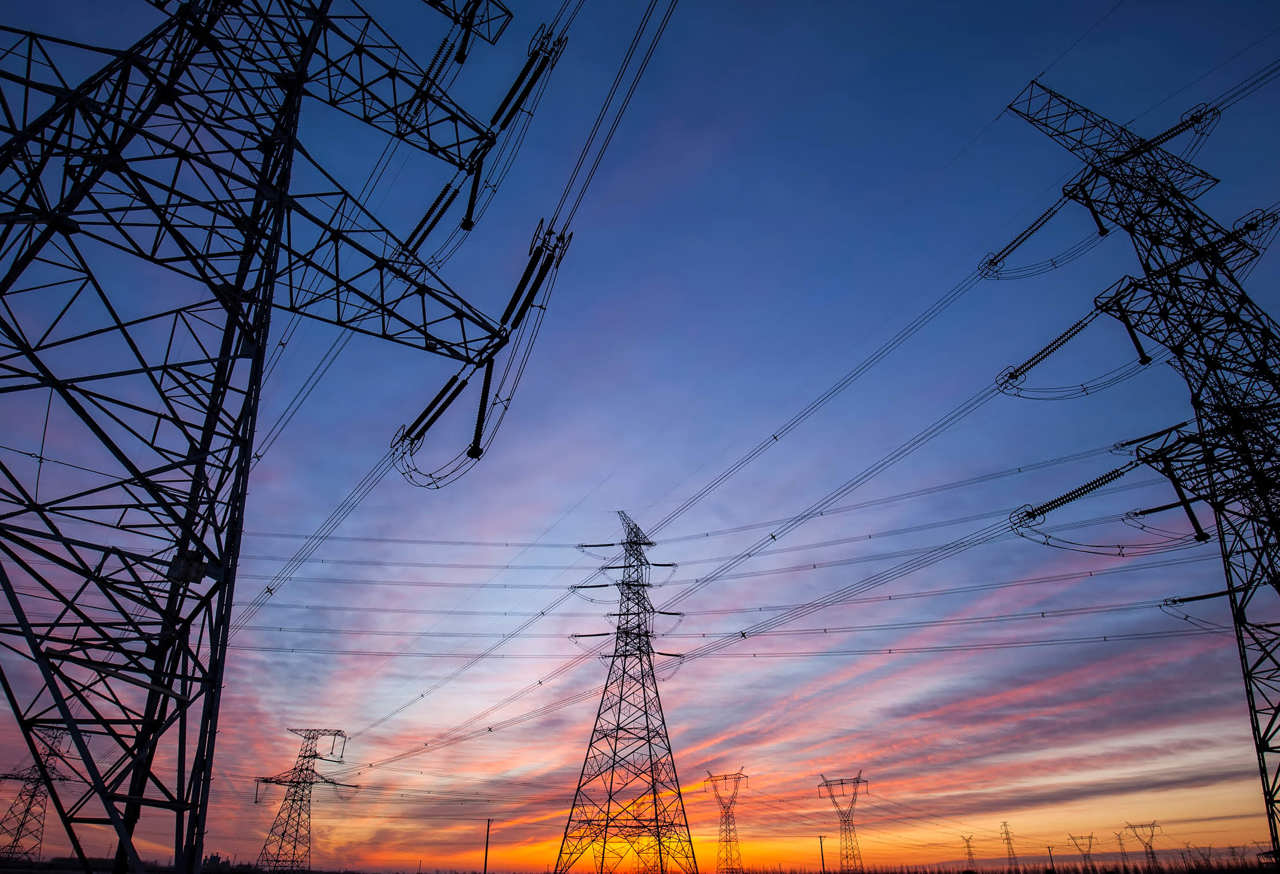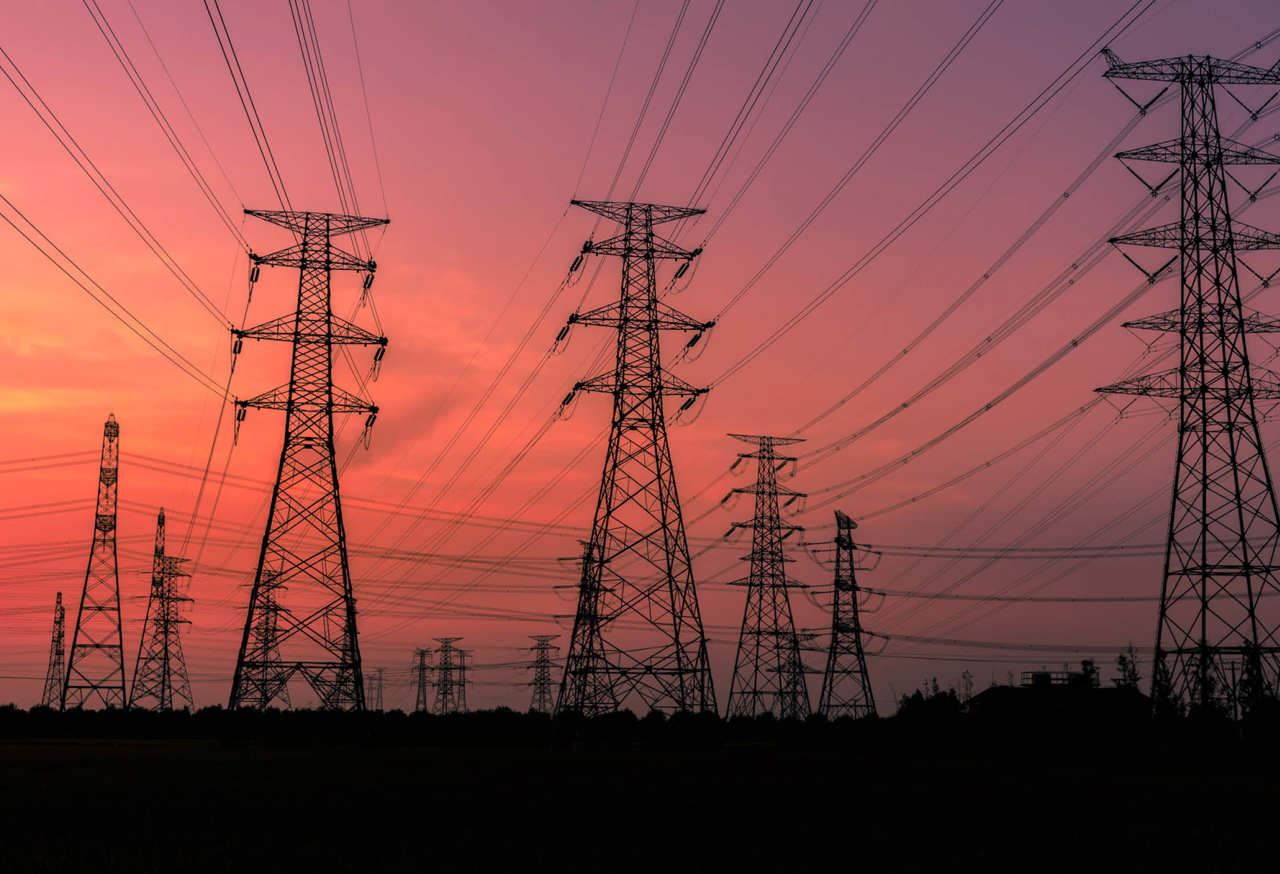The true cost of risk: Hedging solar power purchase agreements
LCP Transpose™
×
This content is AI generated, click here to find out more about Transpose™.
For terms of use click here.
Video - Podcast
Translations from English are done by AI, without human oversight, and may not be accurate
Independent analysis proposed by EDF

Power purchase agreements (PPAs) are a crucial part of expanding intermittent renewable generation capacity ahead of Clean Power 2030 with DESNZ relying on PPAs alongside CfDs to hit targets.
Many solar projects have their PPAs up for renewal in spring 2025, so how these negotiations work out will have a critical impact on the development of the sector at a key point in time.
This report will dive into our key findings and their implications for future profitability:
- PPA offtakers must account for the usual risks when setting strike prices, as recent revenues were due to unusually fortunate conditions rather than typical market trends.
- Analysis of 2019-2024 PPA revenues shows a consistent long-run shaping revenue trend driven by an unexpected alignment of seasonal generation and prices.
- Profit stems from differences between actual and hedged generation and between market prices and strike prices, but recent price deltas were largely influenced by the energy crisis rather than any actual inherent correlation.
- Long-term shaping revenue could result in significant losses, so offtakers cannot assume stable profits from this source in the future.





